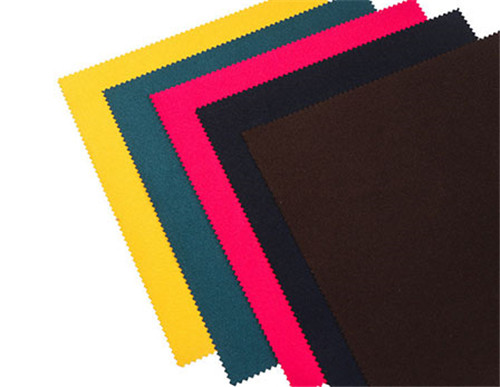

The basic principle of flame retardant fabrics is to use chemical treatment to make the fabric more resistant to ignition and slow the spread of flames.
There are a variety of flame retardant chemicals that can be used, and the most effective one will depend on the type of fabric being treated.Flame retardant fabrics are often used in garments worn by firefighters, soldiers, and industrial workers.
The basic principle of flame retardant fabrics is to reduce the rate of combustion. This is typically done by adding chemicals to the fabric that slow down the rate of burning.
There are a variety of different flame retardant fabrics available on the market, each with their own advantages and disadvantages.Some common flame retardant fabrics include:
- Polyester
- Nylon
- Wool
- Cotton
The basic principle of flame retardant fabrics is to prevent or slow down the combustion of fabrics. The most common way to do this is to use chemicals that are applied to the fabric during the manufacturing process.

There are several types of flame retardant fabrics, each with their own benefits and drawbacks. The most common types are:
FR Cotton: FR cotton is treated with a chemical that makes it resistant to ignition and burning. It is often used in clothing worn by firefighters, electricians, and other workers who are exposed to high heat or flames. However, FR cotton can be more expensive than regular cotton and may not be as comfortable to wear.
Nomex: Nomex is a synthetic fiber that is used in a variety of applications where resistance to heat and flames is required. It is often used in firefighter turnout gear, as well as in racing suits worn by drivers. Nomex is also used in military protective clothing, such as flight suits worn by aircrews.
PBI: PBI (polybenzimidazole) is a synthetic fiber that has excellent resistance to heat and flames. It is often used in protective clothing for firefighters and other workers who are exposed to high temperatures. PBI fabrics can be more expensive than other types of flame retardant fabrics.
There are several types of flame retardant fabrics, each with their own benefits and drawbacks. The most common types are:
-Treated natural fibers: These include cotton and wool that have been treated with a flame retardant chemical. They are effective at preventing fires, but the chemicals can be harmful to your skin and respiratory system.
-Synthetic fibers: These include polyester, nylon, and acrylic. They are less likely to catch fire than natural fibers, but they will burn if exposed to high enough temperatures.
-Flame resistant coatings: These are applied to both natural and synthetic fabrics. They provide an extra layer of protection against fire, but can make the fabric less breathable.
Flame retardant fabrics are made with special chemicals that help to slow down or stop the spread of fire. These fabrics are used in a variety of applications, including clothing, upholstery, and draperies.
There are a few different types of flame retardant fabrics, each with their own benefits and drawbacks. In general, however, flame retardant fabrics are effective at slowing down the spread of fire and can provide an extra layer of safety in the event of a fire.
Some flame retardant fabrics are made with natural fibers like wool, while others use synthetic fibers like polyester. The type of fiber used will affect the fabric's overall performance. Natural fibers like wool tend to be more effective at slowing down the spread of fire than synthetic fibers. However, synthetic fibers are often less expensive and easier to care for than natural fibers.
Flame retardant fabrics are made with chemicals that help to slow down or stop the spread of fire. These fabrics are used in a variety of applications, including upholstery, draperies, and clothing.
Some common features of flame retardant fabrics include:
- Chemically treated to resist ignition.
- Self-extinguishing.
- Slow burning.
- Does not melt or drip.